The Bulldog
The Bulldog is a dog breed that originated in Britain. It’s also called a British Bulldog or English Bulldog. These dogs are medium-sized, strong, and short, and they have thick bodies. The Bulldogs have big heads, flat noses, wrinkled skin on their faces and shoulders, and lower jaws that stick out.
People have bred Bulldogs to look a certain way, but this has caused some health problems. These include trouble breathing, hip issues, getting too hot easily, and skin infections. Because of these health concerns, Bulldogs are not allowed to be bred in some countries like Norway and the Netherlands.
History
The first reference to the word “Bulldog” is dated 1631 or 1632 in a letter by a man named Preswick Eaton where he writes: “procuer mee two good Bulldogs, and let them be sent by ye first shipp”. In 1666, English scientist Christopher Merret applied: “Canis pugnax, a Butchers Bull or Bear Dog”, as an entry in his Pinax Rerum Naturalium Britannicarum.
Bull
The designation “Bull” was applied because of the dog’s use in the sport of bull-baiting. This entailed the setting of dogs (after placing wagers on each dog) onto a tethered bull. The dog that grabbed the bull by the nose and pinned it to the ground would be the victor. It was common for a bull to maim or kill several dogs at such an event, either by goring, tossing, or trampling over them. Over the centuries, dogs used for bull-baiting developed the stocky bodies and massive heads and jaws that typify the breed, as well as a ferocious and savage temperament.
1835
The Cruelty to Animals Act of 1835 made bull-baiting illegal in England. Because of this, the Old English Bulldog was no longer needed as a sporting animal, and its days as a working dog were coming to an end. However, emigrants did have a use for such dogs in the New World. In mid-17th century New York, Bulldogs were used as a part of a citywide roundup effort led by Governor Richard Nicolls. Because cornering and leading wild bulls was dangerous, Bulldogs were trained to seize a bull by its nose long enough for a rope to be secured around its neck.
1864
A group of Bulldog breeders led by R. S. Rockstro started the first Bulldog Club. However, the club closed just three years later because it never organized a single dog show. The biggest accomplishment of the Rockstro Bulldog Club was a detailed description of the Bulldog, called the Philo-Kuan Standard. Samuel Wickens, the club’s treasurer, published this description in 1865 using the name Philo-Kuan.
1873
On April 4, 1873, people created The Kennel Club, the first club for dog breeding. It focused on keeping track of purebred dogs and different dog lines. The Kennel Club added Bulldogs to the first edition of the Stud Book, which was shown at the Birmingham Show on December 1, 1874. The first English Bulldog in the book was a male dog named Adam, born in 1864.
1875
The third Bulldog Club was started In March 1875, and it still exists today. Members of this club often met at the Blue Post pub on Oxford Street in London. The founders collected all available information about the breed and its best dogs, and they created a new standard for the English Bulldog, which was published on May 27, 1875. The club also held its first dog show that same year. Since 1878, the club has held shows every year, except during the Second World War. On May 17, 1894, the Bulldog Club was officially recognised as a corporation and has been known as “The Bulldog Club, Inc.” ever since. It is the oldest single-breed dog club in the world.
1894
Two top Bulldogs, King Orry and Dock Leaf, competed in a challenge to see which dog could walk 20 miles (32 km) in 1894,. King Orry looked more like the original Bulldogs, with a lighter build and being very athletic. Dock Leaf was smaller and heavier, more like the Bulldogs we see today. King Orry won that year, finishing the 20-mile walk, while Dock Leaf collapsed and passed away. Although Bulldogs may seem tough today, they can’t do the work they were originally bred for. They can’t keep up with chasing and being thrown by a bull, and their short noses make it hard for them to grip properly.
English Bulldog Health Problems
English Bulldogs usually live for about 8–10 years, which is shorter than most medium-sized dogs. Their special physical features make them more likely to have certain health problems.
Their short face, sensitivity to hot or cold weather, extra skin folds, and hips being higher than their shoulders can all cause health issues. Some of these problems might need long-term treatment or surgery, which can make owning a Bulldog costly. Getting pet insurance is a good idea if you’re thinking about getting a Bulldog as a pet and here some best dog breeds in Pakistan if you wanna choose as first owner.
Brachycephalic Obstructive Airway Syndrome (BOAS)
Bulldogs often have a condition called brachycephalic obstructive airway syndrome (BOAS). This problem happens because of the way their flat face is built, which can cause certain issues, such as:
- Narrow nose openings
- A long soft palate in their mouth
- Swelling in the voice box (larynx)
- Compressed or crooked nasal passages
All these things make it hard for Bulldogs to breathe and can cause them to get too hot easily. The snorting and snoring sounds that Bulldogs make are also from their flat faces. If a Bulldog is overweight, it can make these breathing problems worse, so it’s important to keep them healthy and in good shape. Some Bulldogs might even need surgery to fix these issues and live a healthy life.
Skin Fold Pyoderma and Allergies
The extra skin wrinkles on a Bulldog’s face and neck can lead to skin problems. When an English Bulldog gets wet, their wrinkles can trap moisture if they’re not dried properly. The warm and wet areas can be a perfect place for bacteria or yeast to grow, which is called skin fold pyoderma.
To help prevent skin fold pyoderma, it’s important to clean the wrinkles with a special medicated wipe and dry them well. This stops bacteria and yeast from building up and keeps moisture from getting stuck in the folds.
Hip Dysplasia
It’s very common for Bulldogs to get hip dysplasia, which is a condition where the hip joint doesn’t work properly.
Because the English Bulldog’s hips are higher than their shoulders, the thigh bone (femur) doesn’t fit correctly in the hip joint. This makes the hip joint unstable, which can lead to arthritis and even bone fractures over time.
There is a test called PennHIP screening that can check if a dog is likely to get hip dysplasia in the future. Good Bulldog breeders will test their dogs for this genetic condition.
If your Bulldog has hip dysplasia, there are different ways to treat it and manage it over time, like using medication, joint supplements, or even surgery. It’s also important to keep your Bulldog at a healthy weight because extra weight can make the problem worse and cause more pain.
Entropion
The English Bulldog can get a condition called entropion, where the eyelids (usually the lower ones) roll inward. This causes the hairs on the eyelid to touch the surface of the eye. Entropion can irritate the eye, making it red, painful, swollen, and watery.
While eye drops and pain medicine can help with these symptoms, surgery is usually needed for long-term relief.
Obesity
The English Bulldog is likely to become overweight, and extra weight can make other health problems worse.
To help stop your Bulldog from gaining too much weight, be careful about what and how much you feed them. This is important for all dog breeds, but especially for Bulldogs. Since Bulldogs have flat faces, they can have trouble breathing and are sensitive to heat, which makes it harder for them to exercise.
Temperament
Bulldogs originally came from bullbaiting, But, now they are known for being peaceful dogs. Many years of careful breeding have made them friendly pets that are kind to kids and older people, get along well with other animals, and usually (but not always) get along with other dogs. However, they still have some of the stubbornness and courage from their bullbaiting past. The modern Bulldog is a happy, sometimes funny dog that loves to make people laugh. While they are loving, they show it more by wiggling and jumping than by licking or cuddling.
Bulldog Feeding Guideline
The Bulldog should do well on good-quality dog food, whether it’s store-bought or homemade with your vet’s advice and approval. The food should be right for your dog’s age (puppy, adult, or senior). Some dogs tend to gain weight easily, so keep an eye on how many calories they eat and their weight. Treats are helpful for training, but giving too many can lead to obesity. Learn which human foods are safe for dogs and which ones aren’t. If you’re worried about your dog’s weight or diet, ask your vet. Always make sure your dog has clean, fresh water to drink.
Gastro Intestinal Adult Dog Food is a high quality brand product names Royal Canin which is best for every breed adult dog. here is the features of this product
- Supports digestive health with highly digestible proteins, prebiotics, and fish oil.
- High energy density meets increased energy needs while reducing meal size.
- Encourages appetite and recovery with enhanced palatability.
- Includes omega-3 fatty acids (EPA/DHA) to promote a healthy digestive system.
Bulldog Grooming Tips
Brushing your Bulldog with a soft brush for about 10 minutes two or three times a week will help keep them looking their best. During times of heavy shedding, using a rubber curry brush first can help. Check the Bulldog’s face wrinkles regularly to make sure they are clean and dry, since food or moisture can get stuck and cause irritation or infection. You can use a cotton ball with peroxide to clean the wrinkles, and then apply cornstarch to help dry them, but don’t use these near the eyes.
Be sure to keep the ears and the area under the tail clean, and trim your Bulldog’s nails every couple of weeks.
Bulldog Training Tips
Bulldogs are friendly, loyal, and calm, and they like to make their owners happy. Like all dogs, it’s important to socialize them early to help them start life well. Puppy training classes are a great idea because they teach owners how to stop bad habits. Bulldogs love to chew, and most will enjoy chew toys for their whole life. They also like playing tug-of-war, but it’s important to train them when they’re young to let go of things on command. From the beginning, young Bulldogs should also learn to let people take food from their bowl while eating, so they don’t become protective of their food.
FAQ’s
Is a bulldog a friendly dog?
The English Bulldog is usually friendly, loyal, and gets along well with other pets and kids.
What does it mean to Bulldog someone?
Attack strongly and aggressively. Hurt or harm someone, either physically or emotionally. A verb meaning to grab a steer by its horns and twist its neck, like in a rodeo.
Are a Pitbull and a Bulldog the same thing?
The American Bulldog and the Pitbull Terrier are lookalike twins that people confuse. But they are different dog breeds with different personalities and characteristics. One has a clean history, while the other has misconceptions.
What are Bulldogs known for?
The Bulldog is kind and brave, friendly yet dignified. It’s a strong, muscular dog with a unique ‘sour’ face that represents courage and determination. These calm, loyal pets do well in both city and country settings. You can easily recognise a Bulldog from any other breed.
Is a Bulldog safe?
English Bulldogs have flat faces, which makes them more likely to suffer from brachycephalic obstructive airway syndrome (BOAS). Many of them will experience breathing issues and may need surgery. These dogs are also at risk of infections in their nose, throat, windpipe, and lungs.
Why are bulldogs fearless?
This dog breed was originally bred for a blood sport called “bull-baiting” (that’s why they are named Bulldogs). They needed to be tough, fearless, and determined.
Are Bulldogs aggressive?
The Bulldog Breed seeks human attention and they are very loyal to their owners and family members. However, they still have the courage bred into them for bull-baiting, making them good watchdogs. While they usually get along with other family pets, English Bulldogs can be aggressive toward unfamiliar dogs.
What are Bulldogs afraid of?
French Bulldogs can be sensitive to loud sounds like thunderstorms, fireworks, or vacuum cleaners. This heightened sensitivity may cause them to feel fearful or anxious, often leading to behaviours such as trembling, hiding, or seeking comfort from their owners.
How powerful is a Bulldog?
English Bulldogs have incredibly strong jaws, with a bite force of about 210 pounds per square inch (PSI), capable of causing considerable pain if they were to bite with intent. However, their friendly and gentle temperament makes it highly unlikely you’ll ever experience this. They’ve even set Guinness World Records!
What are the disadvantages of a bulldog?
A major drawback of owning an English Bulldog is their tendency to develop various health problems. Because of their distinct physical traits, they are prone to respiratory issues, hip dysplasia, and skin infections.
How strong is a bulldog bite?
American Bulldog
“The Bulldog is a strong breed with a powerful bite,” says Sarah-Jane. With a bite force of 305 PSI, this dog is not to be underestimated!
What is the strongest dog?
- Rottweiler
- Siberian Husky
- Alaskan Malamute
- Great Dane
- Cane Corso
- Norwegian Elkhound
- Doberman Pinscher
- Newfoundland
- St Bernard
- American Staffordshire Terrier
- Rhodesian Ridgeback
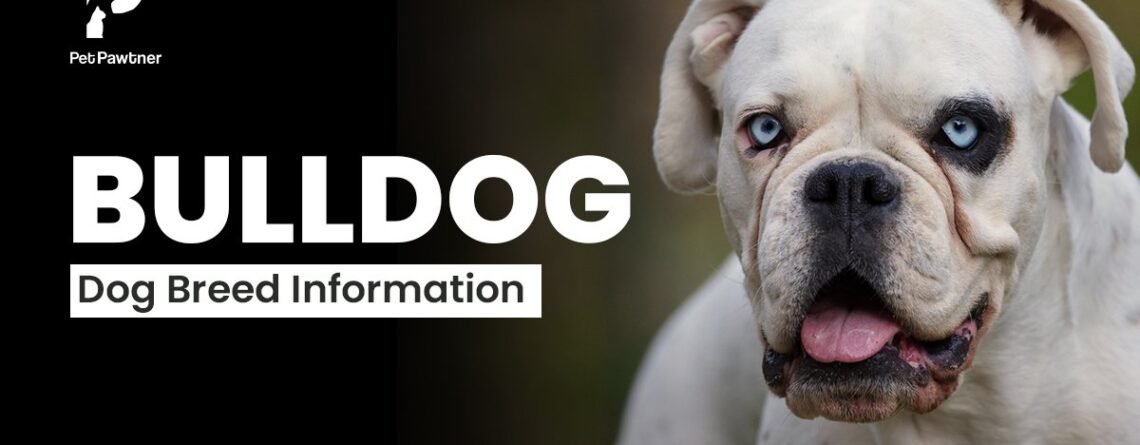

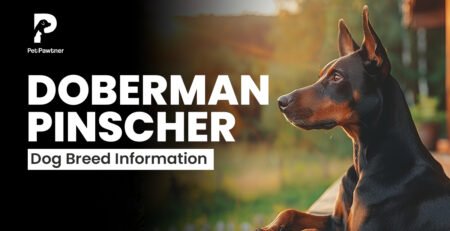
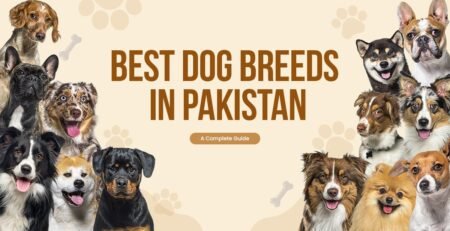
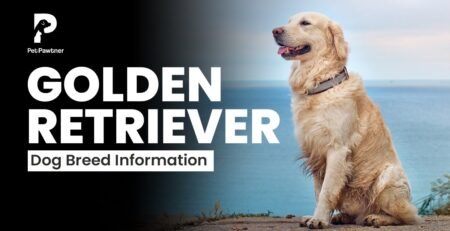

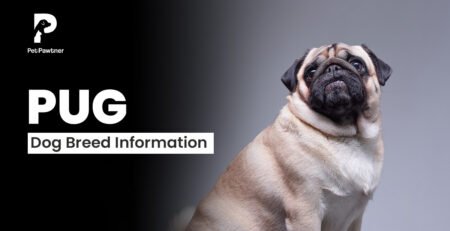
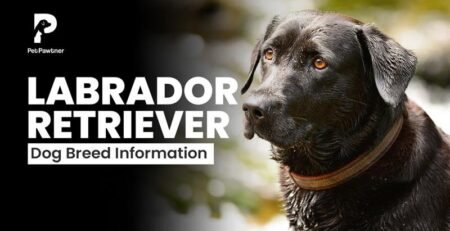
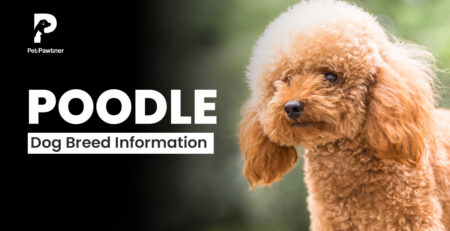
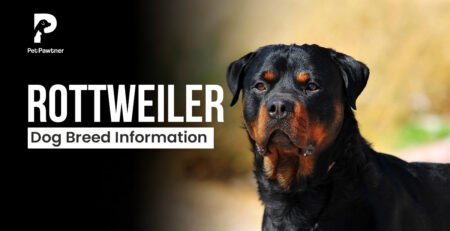
Leave a Reply